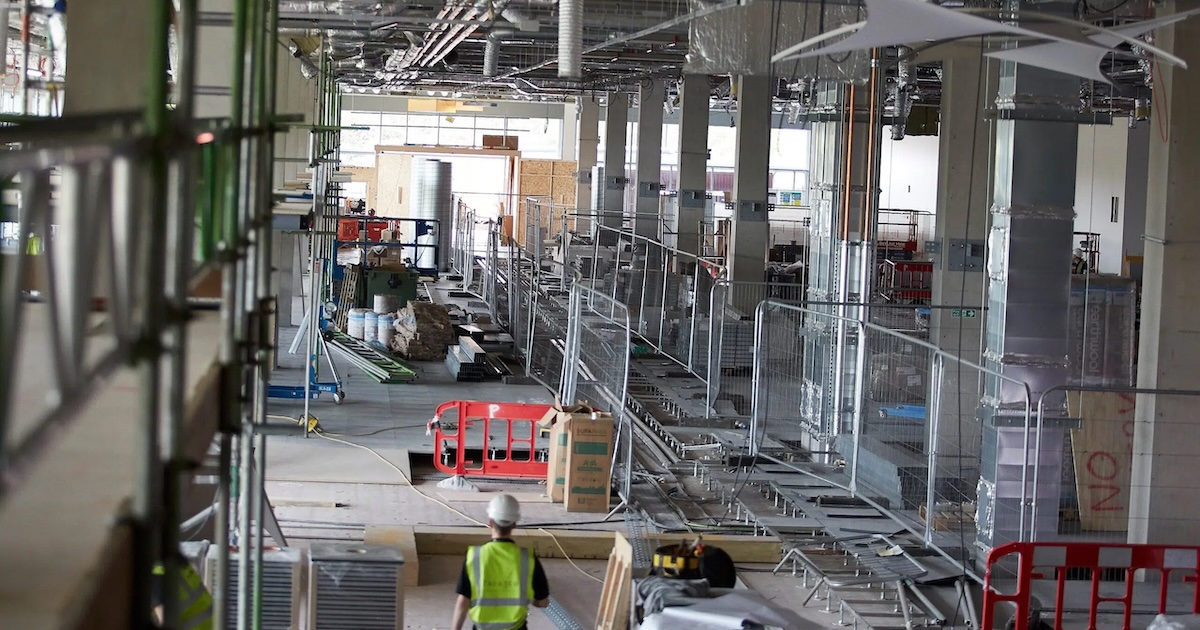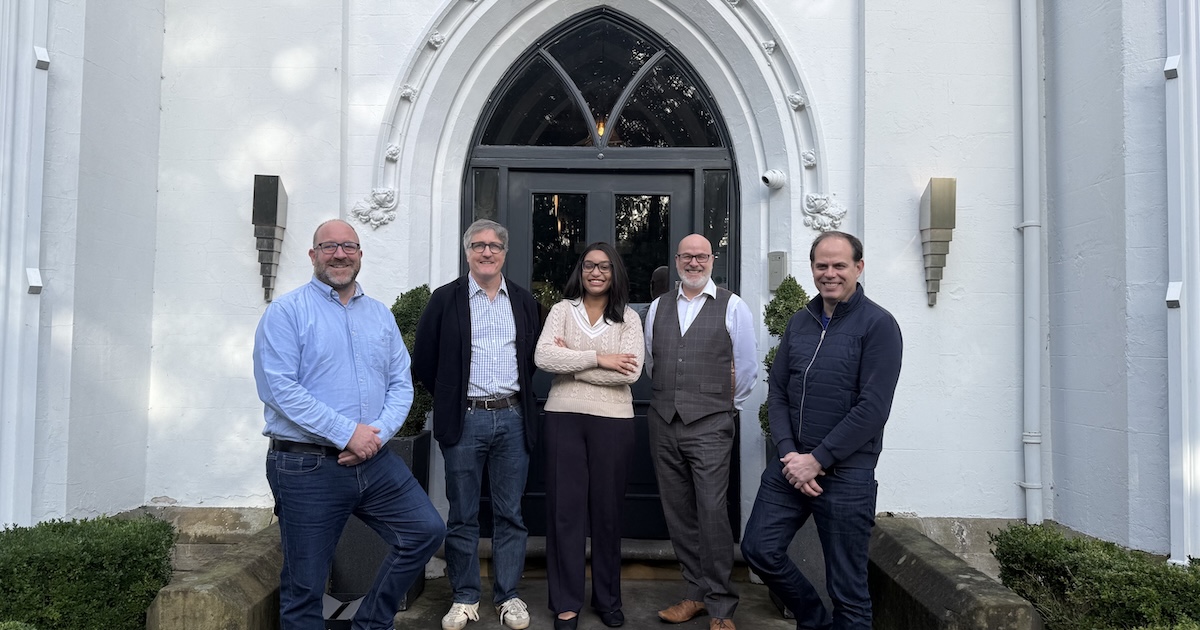Hello, it’s Andrew, Plexal CEO here.
As mentioned in my latest LinkedIn update, our one-to-one Growth Partnership service launched last month and I’m pleased to have begun working closely with determined companies keen to level up.
You may be somewhat familiar with Plexal’s history – but I specifically want to share my lessons from growing to the company we are today, recognising these are challenges you’re likely to navigate yourself.
This week, I’m talking mission. And by that, I mean: what gets you out of bed in the morning? What makes you do what you do?
A mission keeps your company focused and stretching forward to achieve goals, reaching for something that inspires you. For Plexal, our mission is to drive national security and economic growth by closing the gap between UK Government, startups and industry, delivering real-world impact through innovation.
In truth, this wasn’t always the case – and it’s perfectly normal for a company mission to need fine-tuning as elements like customer acquisition and product-market fit come into consideration. Although I didn’t necessarily appreciate this previously.
Originally, our mission was to deliver a corporate innovation service focused on technologies linked to the Olympic Park – healthtech, sporttech, cleantech. We realised building a corporate innovation pipeline was a challenge, even delivering a one-day workshop wasn’t a smooth process and the focus areas were too disparate.
We got more specific with the mission, with innovation still central to our objectives. The focus was on three areas: (1) Cyber – something deeply technical (2) Mobility – supporting civil society (3) Social inclusion – ensuring purpose.
Now while autonomous vehicles presented huge transformation opportunities for mobility, there was a question of costs for it to really succeed: costs for automotive manufacturers, for local government, for highway agencies, for insurers, for big tech. There wasn’t one clear group to scale. Similarly, many organisations wanted to discuss social inclusion – but not support it financially to drive transformation.
Occupying 68,000 sq ft of desk space, the COVID pandemic really prompted us to take stock of our position. We had a major problem getting people through the door for workspace and events due to social distancing measures. It was a crisis in every sense.
But it acted as an accelerant to our decision-making.
Discussing options with my colleague Saj Huq, CCO at Plexal, we recognised that we couldn’t wait six months for things to blow over if we wanted to maintain control – as much control as one could hope to have in those circumstances.
Seeing this as a chance for positive change, securing the buy-in of stakeholders, civil servants and policymakers, we set out goals to achieve economic growth and build on our delivery of the London Office for Rapid Cybersecurity Advancement (LORCA) and doubled down on programmes.
I’m delighted to say we’ve since delivered more than 80 innovation programmes and projects on behalf of government, industry and academia.
However, it’s important to make it abundantly clear our decision was rooted in evidence and consistent with work we’d successfully established ourselves in – not just a roll of the dice.
Nevertheless, this required a moment of bravery – one that equipped us with fresh energy and direction.
Earlier I wrote that the mission should keep your company focused. That’s true. Simultaneously, it should keep you as the leader, and your team, committed and engaged, so you collectively remember you’re in it together, especially in challenging moments. This is increasingly important as the team grows – which I’ll cover later in this series – to ensure you’re all inspired to keep pushing to achieve the mission.
Furthermore, the mission is what the customers buy into. By ensuring our mission was consistent with the expertise we could provide on behalf of clients, we became more connected and engaged beyond a transactional procurement.
To this point, there’s a distinction of shareholders and investors, which people often conflate into one. A shareholder is who you’re working with and an investor is who you want to attract.
You can integrate shareholders into the business by understanding what useful skills and relationships they have. For investors, it’s understanding them and what they want to achieve, how this aligns with your roadmap and, crucially, selling to them with pragmatic expectations that have margins between achievable and ambitious rather than being unrealistic.
As I mentioned a mission can change – sometimes out of necessity, which was the case for us. But other times, it can evolve, which is also the case for us.
Through our mission to drive national security and economic growth by closing the gap between UK Government, startups and industry, delivering real-world impact through innovation, we’ve centred around programmes, consultancy and places. And more recently, we’ve introduced two new product offerings.
In 2024 came clusters. Tying in with our central government work, we’ve got closer to local authorities to establish regional clusters of excellence nationwide – enabling us to expand our efforts towards overall economic growth for businesses across the UK.
This year came Growth Partnership – truly one-to-one support that can help your business thrive as a Plexal team member works with you, sleeves rolled up, as an extension of your business.
I’ve summarised my thoughts on establishing a mission below, so if you’re ever in a hurry, you can refer to these at speed. Please let me know what you think and share your experiences with me.
- Create a noble direction that customers, colleagues and investors can get behind, be inspired by and collaborate with.
- Make it stretching – but achievable.
- Infect those around you with the mission to multiply the effect.
- Iterate and pivot where you need to without losing the long-term goal.
- When times are hard, use the mission to re-energise.
- When times are good, remember why you’re doing this.
- Always keep developing new products (and new product features) while adhering to the existing mission.
As I said, I’ll be bringing you regular updates on the Plexal growth journey over the coming weeks, so stay tuned for more insights and, hopefully, inspiration.
And if you want support to your next growth milestone – we’re just an email away and ready to work with you: https://www.plexal.com/growth/


